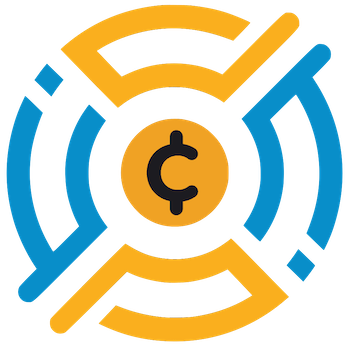In a digital economy increasingly reliant on instant interactions and seamless transactions, the innovative introduction of Coinbase’s x402 protocol marks a transformative moment in the landscape of online payments. Unveiled on May 6, this new open-source system taps into the long-overlooked HTTP 402 “Payment Required” status code, repurposing it for blockchain-based transactions. This isn’t just an upgrade; it’s a radical rethinking of financial interactions that could redefine our relationship with money and digital services.
Historically, payment processes have been riddled with frustrations, such as delayed transactions, excessive fees, and cumbersome compliance hurdles. The x402 protocol seeks to dismantle these obstacles by allowing autonomous agents and applications to transact directly via stablecoins, bypassing the needless bureaucracy of traditional payment infrastructures. In this brave new world, transactions become a mere function of machine interaction, executed without the tedious necessity of human oversight.
Empowering Autonomous Transactions
At the heart of x402 is the promising idea that machines can handle payments as efficiently as humans once did, if not better. By responding quickly to a payment request, an autonomous agent can initiate an on-chain transaction, eliminating friction and enabling per-use monetization. This isn’t merely a theoretical proposition; x402 paves the way for practical applications such as per-play gaming, API access fees, and content monetization.
Imagine a scenario where an AI assistant subscribes to news articles on your behalf, instantly paying for each article read without the need for a credit card or monthly billing. This not only enhances user experience but also democratizes access to content in a way that was previously unimaginable. With x402, every digital interaction can be directly tied to a monetary transaction, allowing content creators and service providers to secure fair compensation for their offerings.
Decentralizing Payment Processing
One of the standout features of the x402 protocol is its potential to decentralize payment processing entirely. Traditional systems are mired in administrative bureaucracy, subject to chargebacks and compliance issues that create barriers for developers and consumers alike. In contrast, x402 ensures that once a transaction is confirmed on-chain, it is irreversible. This finality brings an exciting promise to the realm of microtransactions, where even the smallest exchanges become secure.
Furthermore, by employing stablecoins, x402 mitigates the volatility often associated with cryptocurrency transactions, thereby enabling predictable revenue models for businesses. The ability to harness low-latency payments—averaging around 200 milliseconds when utilizing rollups—means that services can thrive in real-time, catering to the immediate demands of users without the burden of latency that typically plagues traditional payment systems.
Streamlined Integration for Developers
For developers, x402 simplifies the payment landscape with tools that make integrating this powerful protocol into existing systems an achievable task. By providing middleware libraries for Node.js and the browser, Coinbase has removed unnecessary complexities, enabling developers to implement the protocol with as little as a single line of code. This focus on accessibility not only shortens the development cycle but also empowers a broader range of applications to utilize the advantages of x402.
The added benefit of supporting a JSON payment request format within the HTTP 402 response reduces the need for API keys and other pre-registration processes, making it easier for new projects to launch and scale. In a time where speed and efficiency are paramount, this approach could alleviate many of the growing pains related to payment infrastructure in tech startups and established enterprises alike.
Revolution at the Intersection of Money and Technology
Ultimately, Coinbase’s x402 protocol represents a fundamental shift in how we view internet-based transactions. Its design not only addresses long-standing inefficiencies in existing payment systems but also opens up vast opportunities for new business models and services. By placing transaction power directly in the hands of autonomous systems while ensuring security and ease of access, we may be witnessing the dawn of a new era in financial technology—one where machine-to-machine payments become as common as any standard digital transaction. As the field evolves, it will be fascinating to watch how industries adapt to these advancements and capitalize on the frictionless future that x402 proposes.















